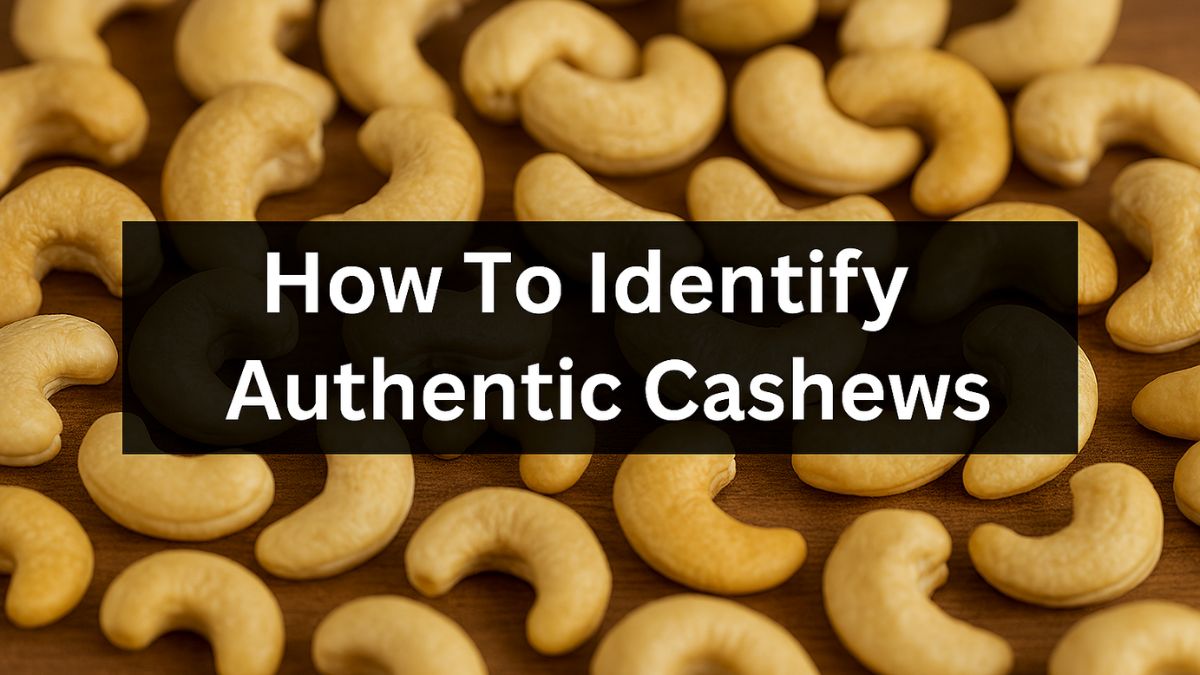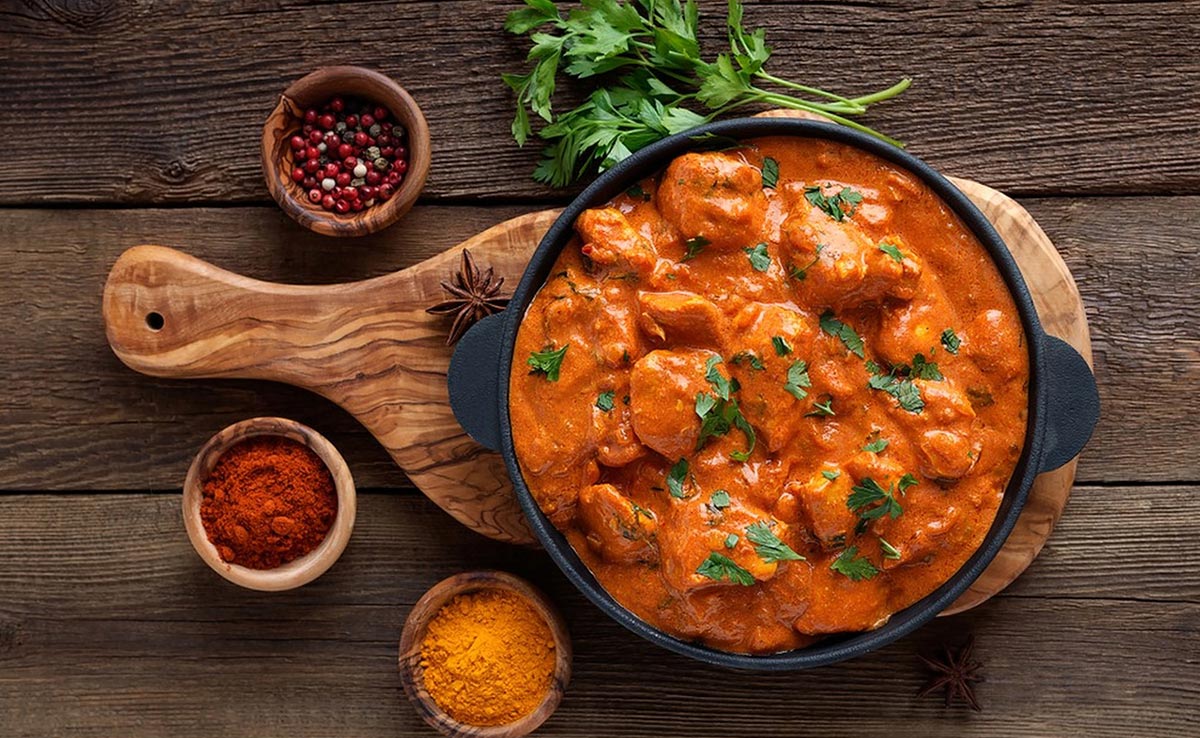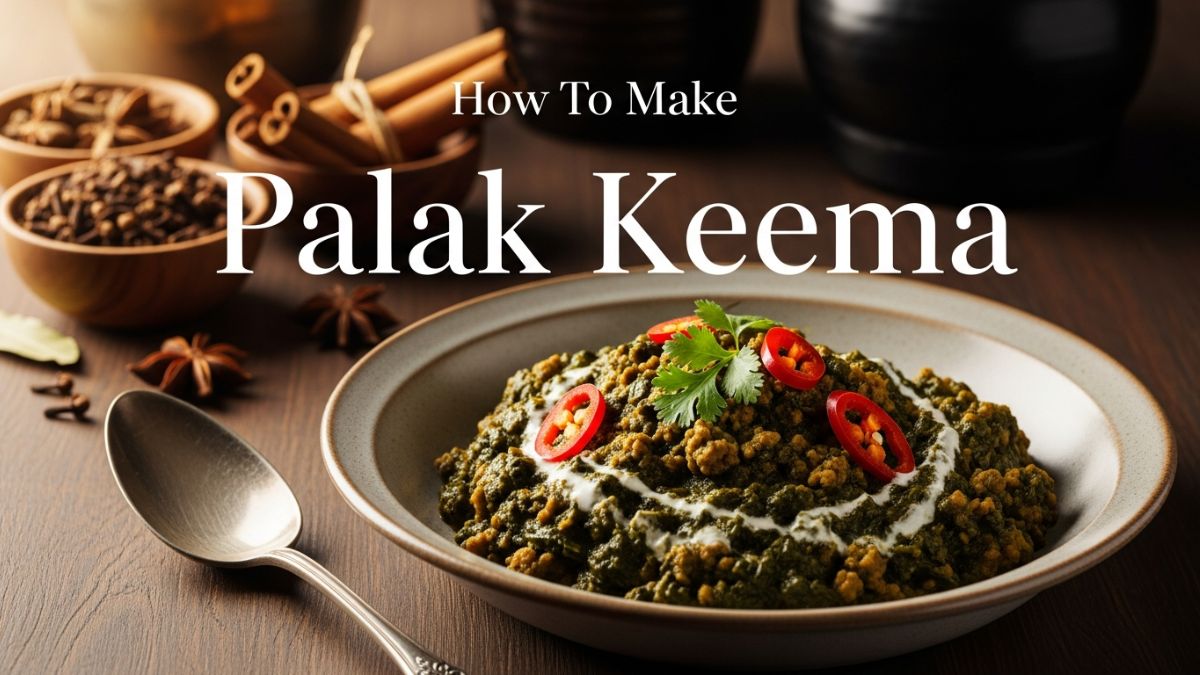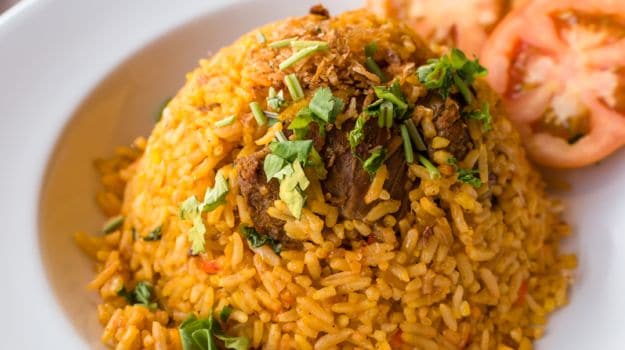It's not a rice varietal that you find easily outside the Malabar region (even in supermarkets in Kochi) and according to Abida most of this rice is specially grown for the Mopplah community outside Kerala. I still remember the biryani I sampled at Paragon, it looked quite innocuous but the flavours started to slowly unravel like a well-written thriller.
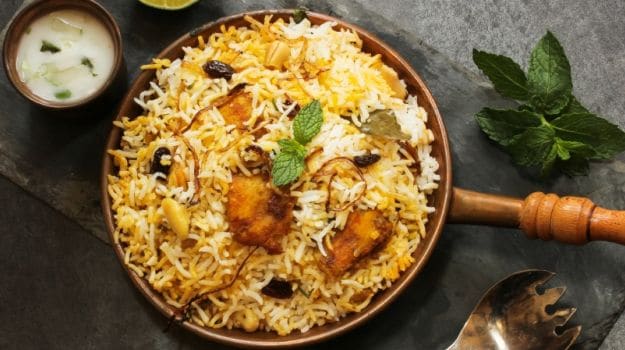 Kozhikode Vs Thalassery BiryaniKozhikode and Thalassery (equally famous for its unique bakery culture) are about 70 km apart and both these locations can stake claim to Kerala's most famous biryanis. It's common for both versions with slight variations to be referred to as Malabar biryani or even Kozhikode biryani. Both versions use Kaima rice but the cooking style in Thalassery is slightly different. The rice (is light fried) and the meat are cooked separately and then assembled together to cook in a dum style (reminiscent of the more spicy Ambur biryani). The Kozhikodan biryani is also a dum biryani, but the rice is not fried. Both versions are cooked with ghee in most Malabar households.Appearances can surely be deceptive, the Kozhikodan biryani's mix of spices is subtle and the biryani gets its colour almost exclusively from the fried onions. Abida tells me how the onions are fried even longer for the chicken biryani to lend a mild brown hue. While mutton biryani might be the first choice for special occasions, the Malabar biryanis are best known for their their ability to soak up everything from chicken (the use of spring chicken is unique here) to prawn and seer fish.From big Sunday meals at home to weddings, the Kozhikodan biryani is almost an integral part of celebrations and special occasions in the city, and just like biryanis around the South of India, the large scale wedding biryanis cooked on wood fires always taste best. It's common for wedding cooks to add coconut shells to these fires that have an inevitable impact on the flavours.
Kozhikode Vs Thalassery BiryaniKozhikode and Thalassery (equally famous for its unique bakery culture) are about 70 km apart and both these locations can stake claim to Kerala's most famous biryanis. It's common for both versions with slight variations to be referred to as Malabar biryani or even Kozhikode biryani. Both versions use Kaima rice but the cooking style in Thalassery is slightly different. The rice (is light fried) and the meat are cooked separately and then assembled together to cook in a dum style (reminiscent of the more spicy Ambur biryani). The Kozhikodan biryani is also a dum biryani, but the rice is not fried. Both versions are cooked with ghee in most Malabar households.Appearances can surely be deceptive, the Kozhikodan biryani's mix of spices is subtle and the biryani gets its colour almost exclusively from the fried onions. Abida tells me how the onions are fried even longer for the chicken biryani to lend a mild brown hue. While mutton biryani might be the first choice for special occasions, the Malabar biryanis are best known for their their ability to soak up everything from chicken (the use of spring chicken is unique here) to prawn and seer fish.From big Sunday meals at home to weddings, the Kozhikodan biryani is almost an integral part of celebrations and special occasions in the city, and just like biryanis around the South of India, the large scale wedding biryanis cooked on wood fires always taste best. It's common for wedding cooks to add coconut shells to these fires that have an inevitable impact on the flavours.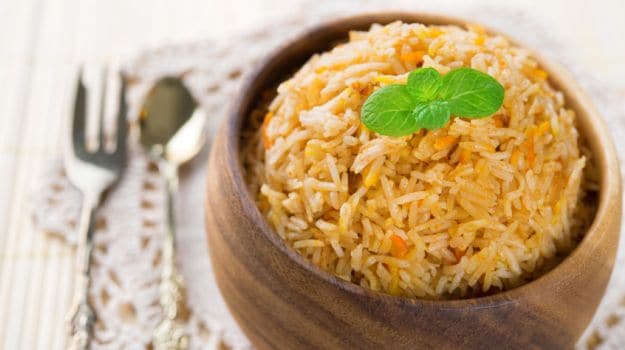 How to Make Kozhikode (Calicut) BiryaniThe Kozhikode biryani is usually served with a standard list of accompaniments. There's the sweet and spicy date pickle, a version of raita that's made with finely chopped tomatoes, coriander leaves, ginger and green chillies, and of course the ubiquitous, fluffy Kerala pappadam. It's not unusual for Kozhikodans to 'repurpose' the biryani into dessert at the end of the meal. Any remaining rice (without the meat) is mashed up with rice and sugar to make it a dessert.Abida is quick to point out that this is a 'Kozhikode thing', something people from Thalassery frown down upon. But there's no disagreement on how to wrap up a biryani meal. A hot glass of the region's favourite brew - the Sulaimani Chai (you can try making this at home - add 2 pods of crushed cardamom, some grated ginger, tea powder and 2 tablespoons of jaggery as water begins to simmer. Let this boil for a couple of minutes. Add lemon just as you turn off the stove and strain the mixture). The perfect finale to my meal at Paragon, my fellow diners almost nodded in approval.Here's a simple Malabar Fish Biryani recipe by Abida Rasheed for you to try at home. Click here.
How to Make Kozhikode (Calicut) BiryaniThe Kozhikode biryani is usually served with a standard list of accompaniments. There's the sweet and spicy date pickle, a version of raita that's made with finely chopped tomatoes, coriander leaves, ginger and green chillies, and of course the ubiquitous, fluffy Kerala pappadam. It's not unusual for Kozhikodans to 'repurpose' the biryani into dessert at the end of the meal. Any remaining rice (without the meat) is mashed up with rice and sugar to make it a dessert.Abida is quick to point out that this is a 'Kozhikode thing', something people from Thalassery frown down upon. But there's no disagreement on how to wrap up a biryani meal. A hot glass of the region's favourite brew - the Sulaimani Chai (you can try making this at home - add 2 pods of crushed cardamom, some grated ginger, tea powder and 2 tablespoons of jaggery as water begins to simmer. Let this boil for a couple of minutes. Add lemon just as you turn off the stove and strain the mixture). The perfect finale to my meal at Paragon, my fellow diners almost nodded in approval.Here's a simple Malabar Fish Biryani recipe by Abida Rasheed for you to try at home. Click here.About the Author:
Ashwin Rajagopalan is a cross cultural training expert and lifestyle writer. When he's not writing about food, he thinks about gadgets, trends and travel experiences. He enjoys communicating across cultures and borders in his weekday work avatar as a content and editorial consultant for a global major and one of India's only cross cultural trainers.
Disclaimer:
The opinions expressed within this article are the personal opinions of the author. NDTV is not responsible for the accuracy, completeness, suitability, or validity of any information on this article. All information is provided on an as-is basis. The information, facts or opinions appearing in the article do not reflect the views of NDTV and NDTV does not assume any responsibility or liability for the same.
About Ashwin RajagopalanI am the proverbial slashie - a content architect, writer, speaker and cultural intelligence coach. School lunch boxes are usually the beginning of our culinary discoveries.That curiosity hasn’t waned. It’s only got stronger as I’ve explored culinary cultures, street food and fine dining restaurants across the world. I’ve discovered cultures and destinations through culinary motifs. I am equally passionate about writing on consumer tech and travel.
